In June 2016, DC Comics kicked off the start of its Rebirth initiative. After a wave of criticism surrounding the way they have treated their characters’ rich histories since 2011’s New 52 relaunch, DC has decided to rebrand. They hope that by restoring their characters’ pasts, they will restore readers’ faith in them as well. Do they succeed? That’s what the Comics Beat managing editor Alex Lu and entertainment editor Kyle Pinion are here to discuss. Book by book. Panel by panel.
Note: the reviews below contain **spoilers**. If you want a quick, spoiler-free buy/pass recommendation on the comics in question, check out the bottom of the article for our final verdict.
 Wonder Woman #23
Wonder Woman #23
Writer: Greg Rucka
Artist: Liam Sharp
Colorist: Hi-Fi
Letterer: Jodi Wynne
In truth, Wonder Woman has never been a warrior. She’s a diplomat. Rucka characterizes her as such through and through in his runs on Wonder Woman— Diana Prince never raises a sword to a conflict that she can solve with her voice. That’s never been a rarer or more important attribute in superhero comics than it is in this Wonder Woman storyline, where Diana’s opponent isn’t a god or a monster, but rather herself.
Over the course of Rucka’s Rebirth run on Wonder Woman, the writer, alongside main series artists Liam Sharp and Nicola Scott, has called into question Diana’s strange and fractured past. For years, she has been torn apart by gods and monsters; she has been betrayed by the people she has sworn to protect. Then, she learned so much of what she thought she knew has been a lie. Diana has never returned to Themyscira since she left with Steve Trevor. Every return and every lie has been a trick– all manufactured and engineered to keep Diana’s body and mind in conflict and bring her closer to Ares, the God of War.
Over the years, Ares has become one of Diana’s most prominent foes, but as we learn here, Diana never actually fought Ares at all. It was Phobos and Deimos, the sons of Ares and gods of Terror and Panic, seeking to steal their father’s power from Ares’ inter-dimensional prison. To make Ares the victim rather than the villain is a powerful and intriguing turn. Rather than characterizing him as an actively malevolent force in the world, this God of War sees his role closer to how the Endless do in Sandman— he is an engine of a human constant rather than an ambitious power-monger. Conflict, according to Ares, is not inherently bad– it is a tool for change and can build new life as easily as it can destroy it. The danger of war is not in the act, but rather its constant need to propagate itself. War as the only solution rather than the last solution. Fighting for the sake of power rather than the need to change.
The polar opposite to war? Love. Aphrodite’s love grants power to the chains that bound Ares and seeped him of his bloodlust. Veronica Cale’s love for her daughter, Isadore, pushed her to cooperate with Phobos and Deimos, but also, in the end, pushed her to work with Wonder Woman as well. To love someone is to put aside your needs and fears in favor of another– to embrace that you do not know and allow someone else to help you understand. Aphrodite helps Ares understand. Veronica’s love for Isadore pushes her to move past her fears of what the gods can do to her so that she can understand what a benevolent demi-god might do for her.
And indeed, in the end, Wonder Woman supplicates herself at the feet of Phobos and Deimos in order to quell their terror and fear. When she kneels before them, she is not surrendering to their whims, but rather seeking to understand their pain. Terror and Fear come from a place of unknowing. They feed upon the negative consequences that can result from stepping into the blind. But if you seek to understand and give in to what you cannot know, terror and fear can hold no sway over you.
So that is the lesson Diana learns. Her true strength doesn’t come from the gods. It doesn’t come from her home. Her greatest strength is her ability to do what few of us can– to never give into fear. To never use violence as a cure for confusion. To constantly seek to understand. To always open herself to love.
Final Verdict: Buy
 Mother Panic #7
Mother Panic #7
Writer: Jody Houser
Artist: John Paul Leon
Colorist: Dave Stewart
Letterer: John Workman
Mother Panic is a strange and confounding beast of a series. It’s unapologetically gratuitous, indulging the creative team’s most viscerally violent instincts without any sense of restraint and occasionally without even obvious purpose. It is by far the most adult title in the Young Animal line up when it comes to content, but when it comes to thematic maturity it is arguably the most juvenile. That’s not a knock against the title– anger, even in its purest state, can make for art that speaks to people at a delicate time in their lives (see emo music). However, Mother Panic‘s early issues were incredibly uneven thanks to its lead’s general dislikability and artwork that was beautiful, but difficult to parse. Since then, the series has settled into a relatively more stable groove– I even enjoyed the absurdity of Mother Panic #6‘s arc resolution. But does a stable book make a good book? Well, that’s a tougher question to answer.
The general problem I have with Mother Panic is that, nearly a year into its existence, the core questions and themes it seeks to examine remain relatively ambiguous. There’s a lot of patchwork examination of Violet Paige’s broken family and how her time at an experimental boarding school influenced her complex morality. However, this moral ambiguity and Violet’s mother’s mental illness, among other things, often feel like they’re not being examined fully enough. It’s as if they’re window dressing, there to say “look how crazy and kooky this world is.” This has led to some visually impressive moments and some delightfully strange comics, but has also left me feeling unsatisfied as someone who’s generally looking for a bigger bone to dig towards in the stories that I read.
Let’s take Mother Panic at surface value, then. How does it shape up if we simply read it as a book about a less scrupulous version of Batman? Well, Mother Panic #7 is certainly fun. I adore watching Violet fight in her stark white suit. Artist John Paul Leon’s linework is much cleaner than Tommy Lee Edwards’ was, but Leon adheres to the gritty and somewhat abstract aesthetic that Edwards established. I love the symbolic visual non sequiturs that show up in Violet’s most stressful moments. They give us insight into her inner world, visualizing things like the intense chest pain she suddenly feels in the middle of a fight. Leon’s artwork in general here is also more defined and expressive, allowing characters to be more easily distinguished and allowing the reader to more quickly understand characters’ feelings based upon their facial expressions.
What I love less about this issue is how anemically it kicks off a new arc. In this issue, Violet is tasked with finding the murderer of the parents of one of the children she rescued from a torture artist’s exhibit during the series’ first arc. However, we only see the murderer once and get very little insight into the villain’s motivations. Most of the issue is simply spent watching Violet wander around rooftops and observing how she deals with the degradation of the cybernetic systems inside of her. There’s some more flashbacks to Violet’s time at the Gather House which is relatively compelling, but I don’t feel any sense of urgency coming from the arc’s main plotline. That makes me less than compelled to follow Mother Panic for a momentary burst of pleasure.
In the end, I would say that Mother Panic #7 shows improvement from where the series began. It’s easier to parse and seems to have a better idea of the series that it wants to be. It’s long term storylines are relatively compelling– particularly the plot threads that relate to Violet’s past. That said, this book remains a bit thematically shallow, in my opinion, and this issue was not a particularly bombastic start to a new arc. If this book is for you, I suspect you know it by now. I can see a younger version of myself getting excited by this book. Present day me, though…well, maybe I’ll give Mother Panic another go when I decide to pull out my old The Used albums. For nostalgia’s sake.
Final Verdict: Browse
 Round-Up
Round-Up
Detective Comics #957 kicks off a new Spoiler-centric arc. Perhaps it was just the mood I was in when I read this book, but it did not grab me quite as much as previous arcs of the series have. All the previous arcs of this run have had pretty high dramatic stakes and this story feels much less dire by comparison. Perhaps that’s to be expected given that the entire year’s run of Detective Comics was built to culminate with the end of the “League of Shadows” arc two weeks ago. Still though, I thought I would be more excited to see Stephanie Brown returning to fight Batman. There’s plenty of time for this arc to get better, obviously, and Tynion and company have built up a ton of good will with me on this series over the year, so fingers crossed!
Miss any of our earlier reviews? Check out our full archive!


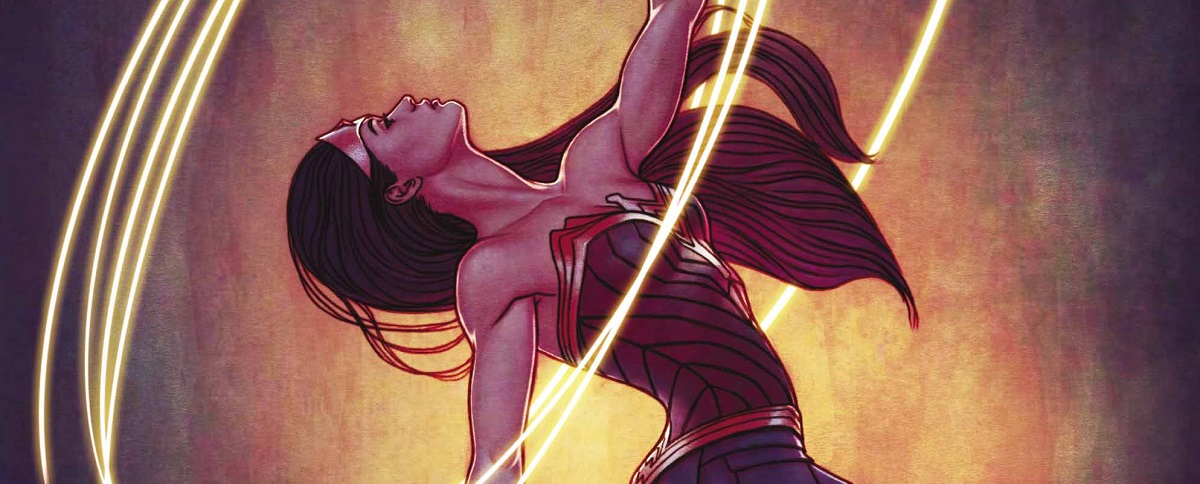
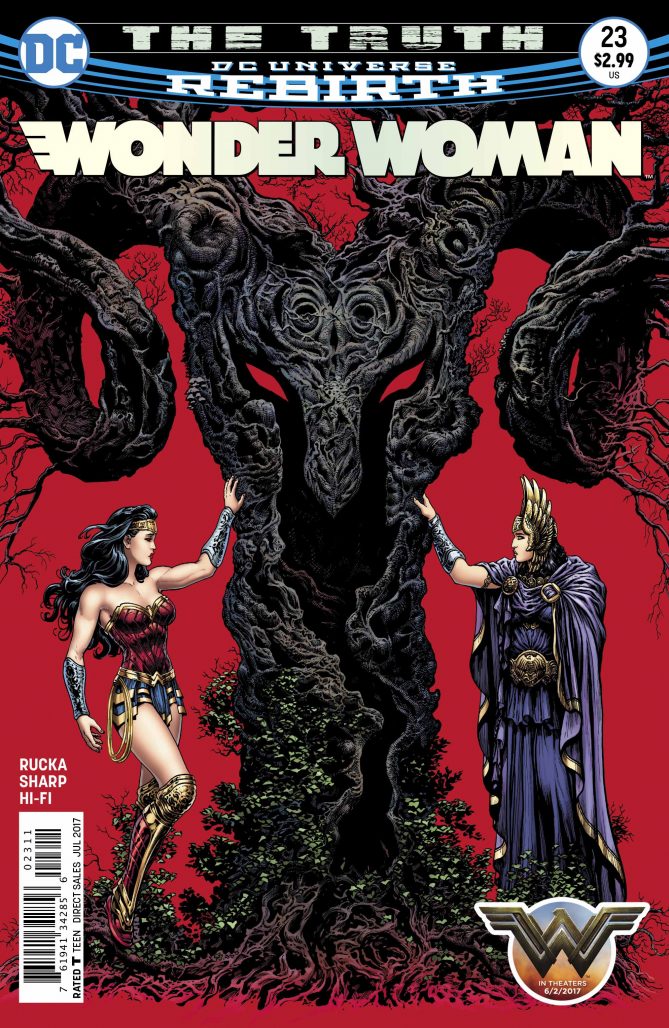
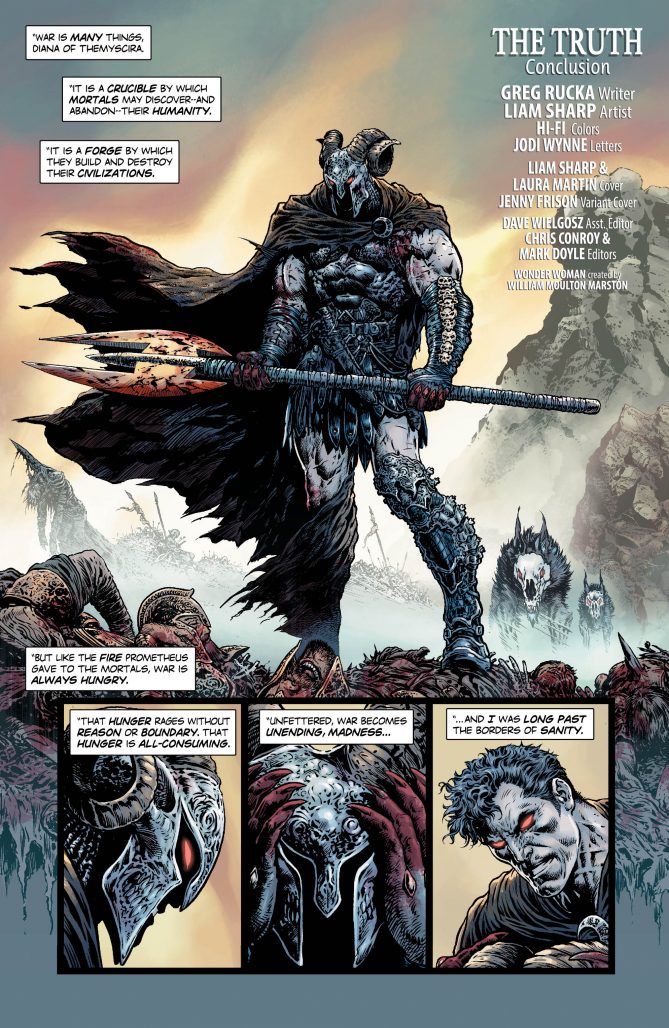
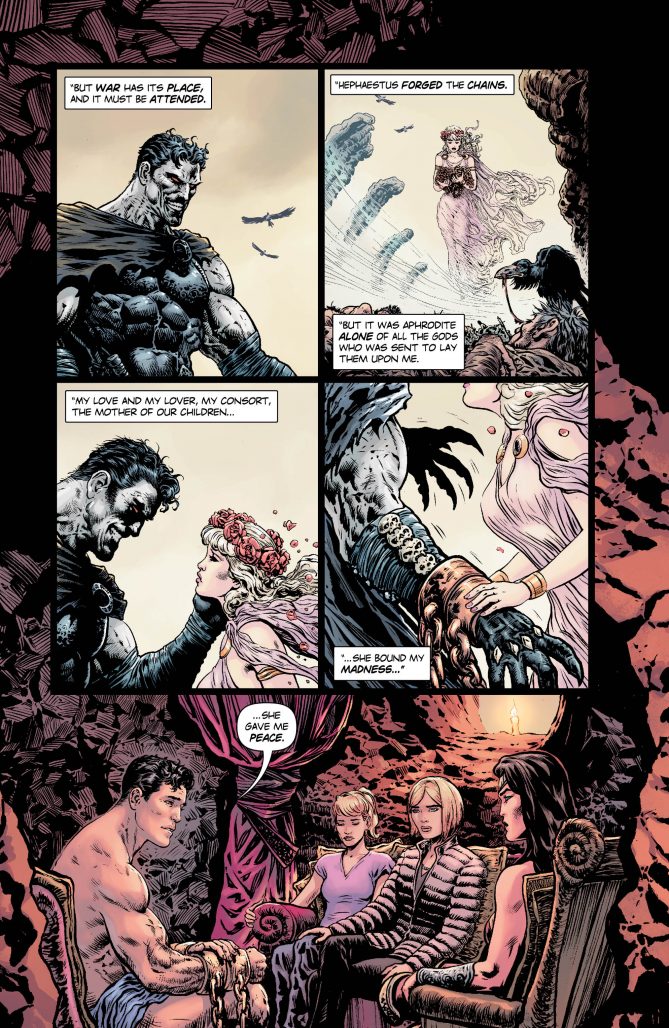
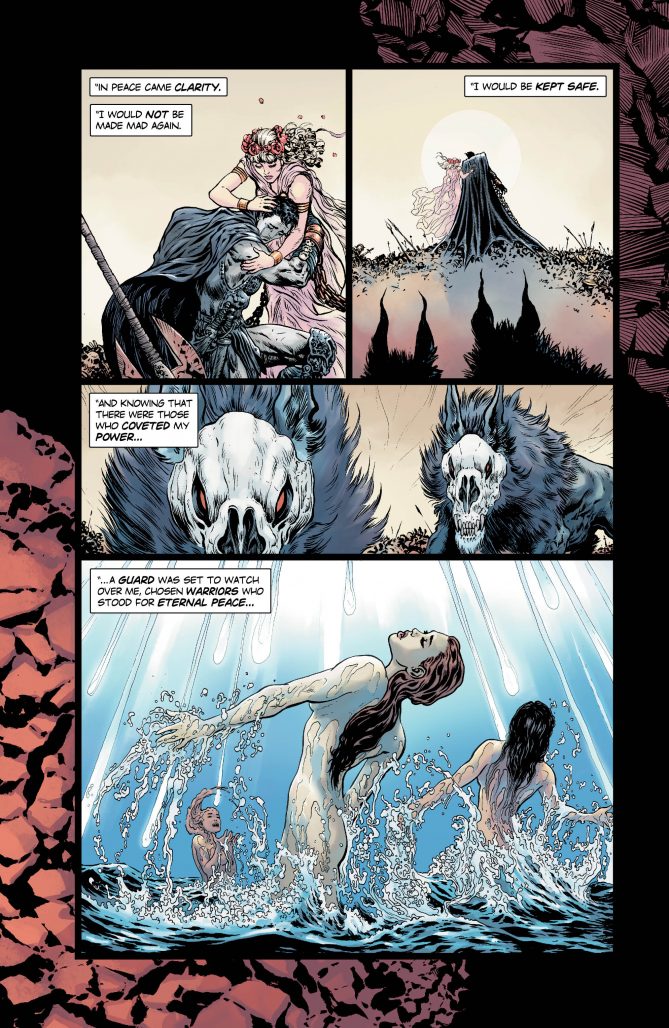
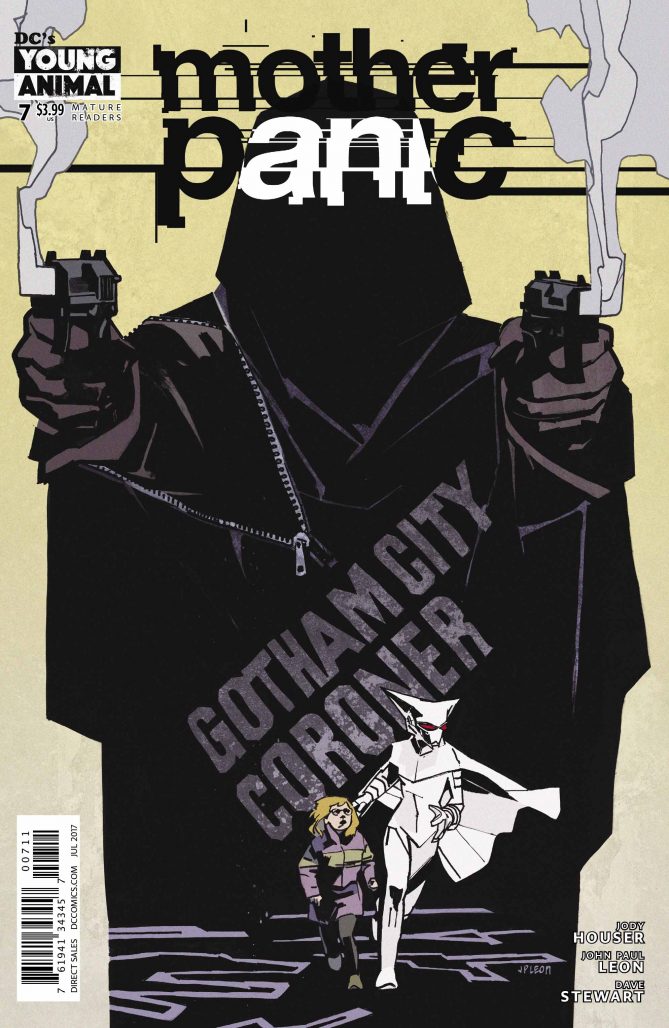
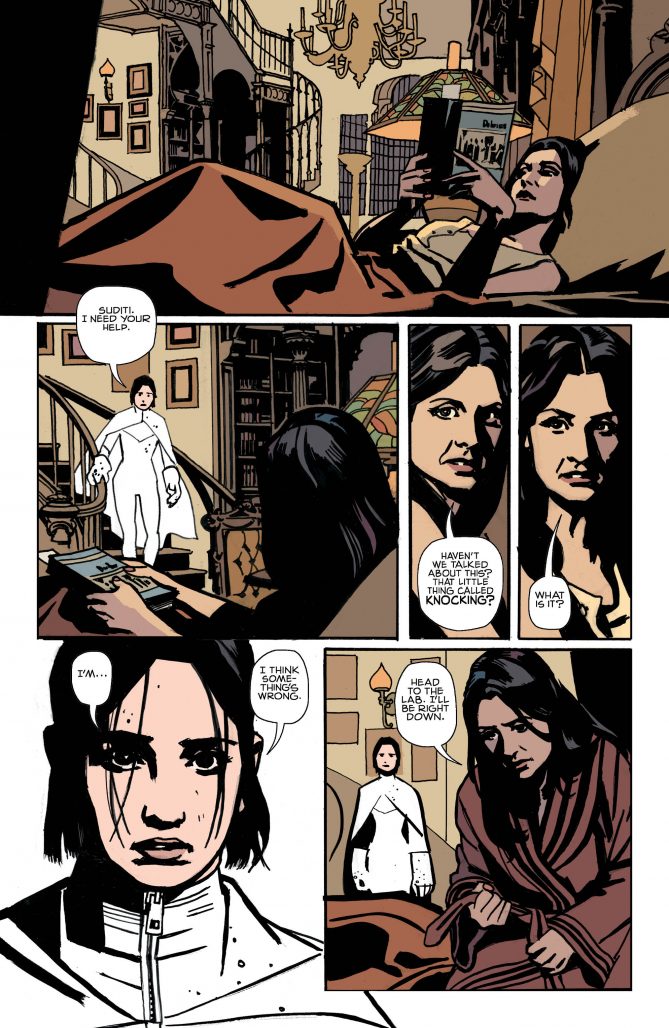
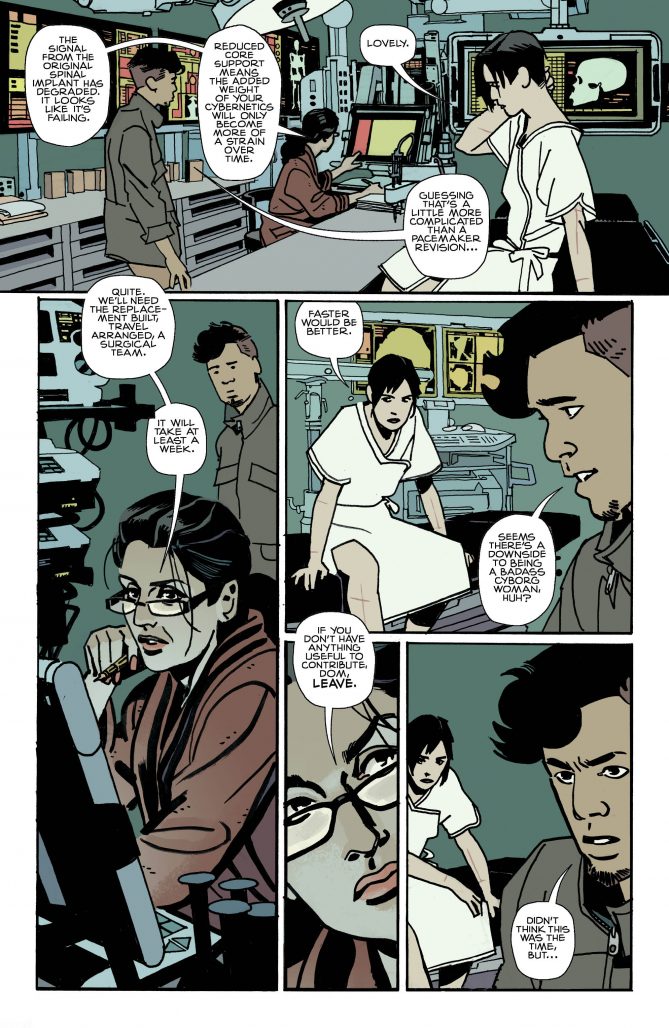
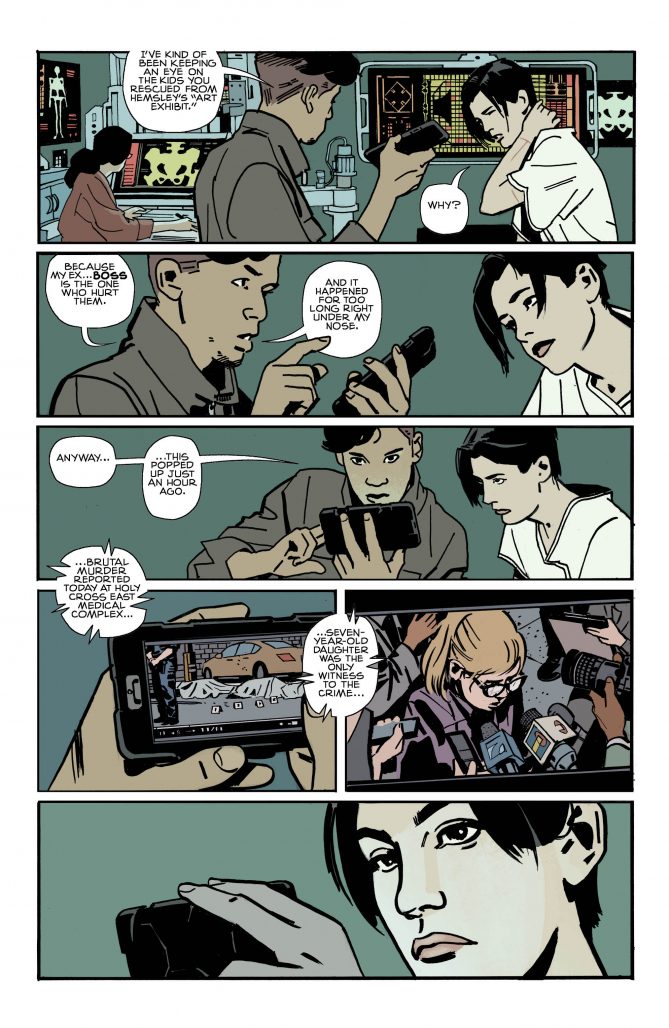
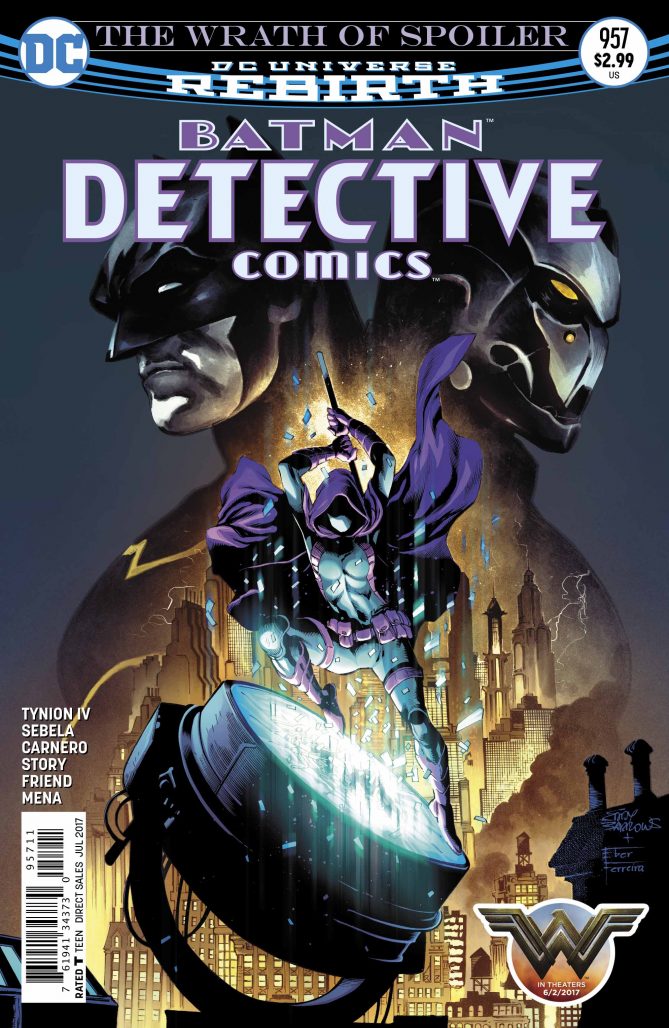






I hope when this WW run is officially over, people will get over Rucka retconning Azzarello’s gods (which I loved), and see this for what it is: an accessible and smartly written epic about compassion and flawed people that cleverly ties two timelines together.
Comments are closed.